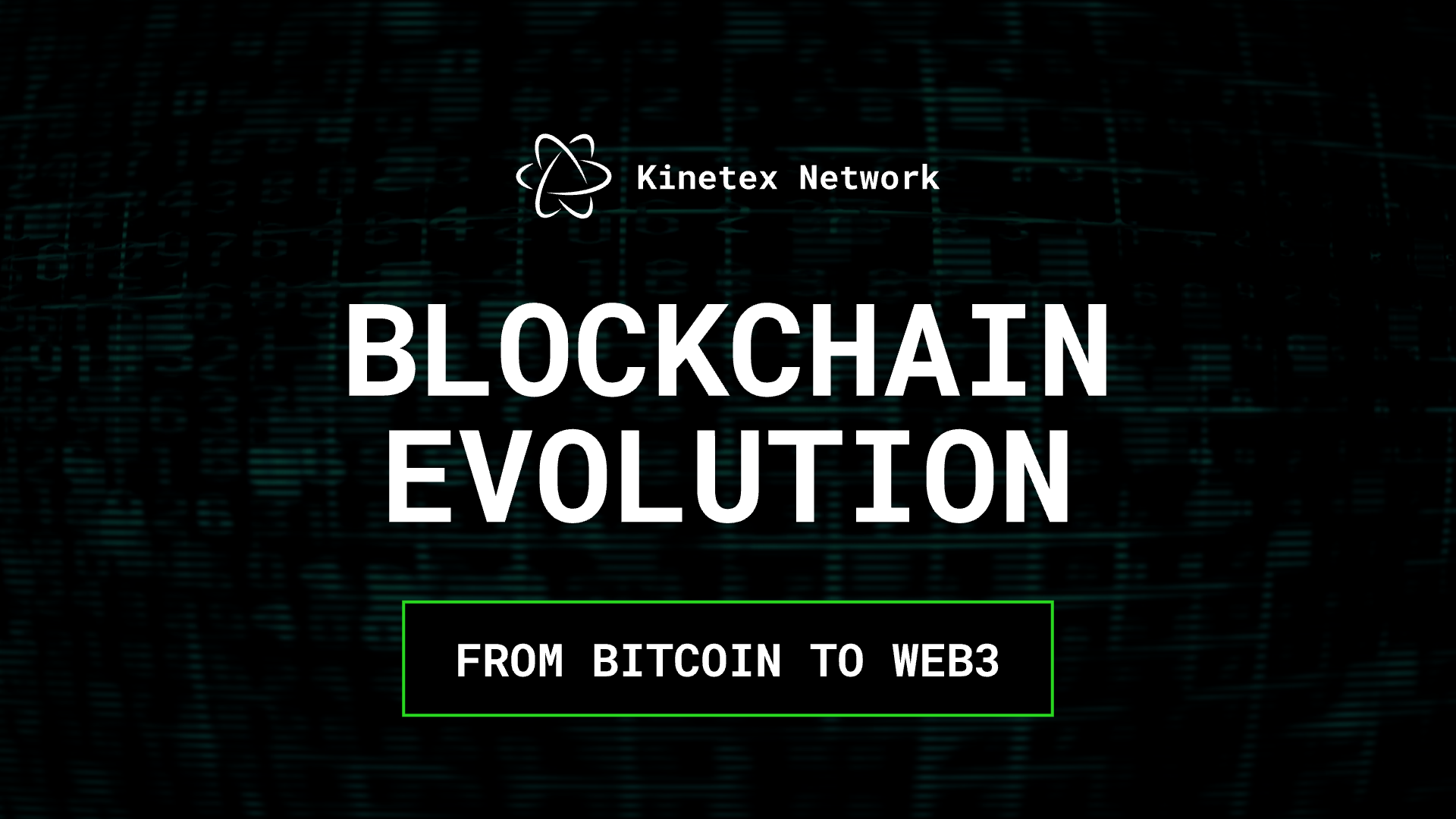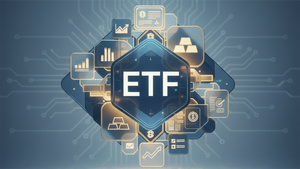
Blockchain technology has lasted longer than most crypto users know of. From the early 1990s to the DeFi industry we know today, there was a substantial way the technology came through, boosted by the passion and confidence of the crypto enthusiasts and experts who have been working on shaping the new era of finance. The network of decentralized platforms and systems, now called Web3, has revolutionized how we think about digital transactions and interactions, opening new possibilities for people across the globe. So, how did it start and evolve?
Beginnings
Many experts link the roots of blockchain with Stuart Haber and W. Scott Stornetta’s creation of a chain of secure blocks designed to prevent meddling with document timestamps. In 1992, this solution was enhanced by including Merkle trees, which merged several document certificates into one block, making the validation procedure more efficient. That laid the basis for modern blockchain technology.
However, blockchain’s history can go even further back. In 1982, David Chaum suggested the first known blockchain protocol in his work titled “Computer Systems Established, Maintained, and Trusted by Mutually Suspicious Groups.”
The first digital currencies started to appear in the late 90s. Adam Back’s Hashcash, created in 1997, introduced the proof-of-work system to limit email spam and denial-of-service attacks. This approach was later employed in Bitcoin, although to enable mining, not email protection. In addition, developed in 1998, Nick Szabo’s Bit Gold introduced concepts like cryptographic proof and decentralization, becoming a noteworthy forerunner to Bitcoin.
Bitcoin’s Creation
The introduction of Bitcoin in 2008 marked the dawn of the modern history of blockchain, which is closely linked to crypto assets. Satoshi Nakamoto introduced the revolutionary idea of employing blockchain to build a secure and transparent peer-to-peer digital currency ecosystem. As Bitcoin did not need intermediaries present in traditional finance, it represented a significant step forward in establishing digital trust. Decentralizing control and using cryptographic techniques ensured the ledger’s integrity while allowing permissionless participation. This innovation has facilitated the proliferation of cryptocurrencies and ignited a global fascination with blockchain’s potential.
Ethereum and Other Altcoins
As the potential uses of blockchain technology beyond Bitcoin became apparent, developers became interested in creating alternative cryptocurrencies. These altcoins offered different variations on Bitcoin’s technology, such as faster transaction speeds, improved privacy, or programmability.
After Ethereum and smart contracts were introduced, blockchain witnessed another revolution. With these contracts’ help, developers were able to design and launch dApps that could cater to diverse use cases and industries.
Other blockchain networks were also motivated by Ethereum’s success and started coming up with their own solutions and tools for a more simplified and efficient development process, fostering interoperability and stimulating the growth of a more comprehensive decentralized ecosystem.
Blockchain Enhancements
The development of blockchain technology has reached a crucial point with the emergence of Layer-2 solutions. These solutions are critical for handling such issues as scalability, congestion, and excessive transaction costs commonly experienced within original networks. Among Layer-2 solutions are sidechains, state channels, nested blockchains, rollups, etc. These solutions operate on top of the base layer of a blockchain to amplify its capabilities and prepare it for a more significant influx of users. This is particularly important now that the popularity of DeFi products is growing, which is expected to draw more users to the blockchain landscape.
These scalability improvements both enhance the user experience and create new opportunities for developers, lowering barriers to entry and thus encouraging innovation. Furthermore, Layer-2 solutions strengthen the sustainability of blockchain networks by reducing the energy consumption associated with transaction processing, further advancing the industry towards a more scalable, efficient, and inclusive future.
The Age of Web3
The maturity of blockchain technology in recent years has set the foundation for a new vision of the Internet, Web3. This vision denotes transitioning from the centralized Internet model to a more open, transparent, and user-centric ecosystem. The core of Web3 is decentralization, which encompasses data ownership, identity management, and content distribution beyond just financial transactions.
Web3 offers significant benefits in terms of data privacy and security by encrypting data, making it immutable and censorship-resistant. This means that individuals can maintain control over their personal data. At the same time, Web3 applications can be more transparent, empowering their users to track their data movements and ensure that they do not abuse provided confidential information. Consequently, the advent of Web3 brings about a considerable change in our Internet usage patterns, ushering in an era of greater transparency and security.
Conclusion
The progress of blockchain technology from its inception more than 20 years before Bitcoin to the Web3 era is astounding. It presents many possibilities for building a more secure, accessible, and efficient financial ecosystem. Therefore, along with other crypto-related developments, this technology can transform entire industries, empower individuals, and reshape the digital landscape.
Kinetex Network: Website | Kinetex dApp | Blog





